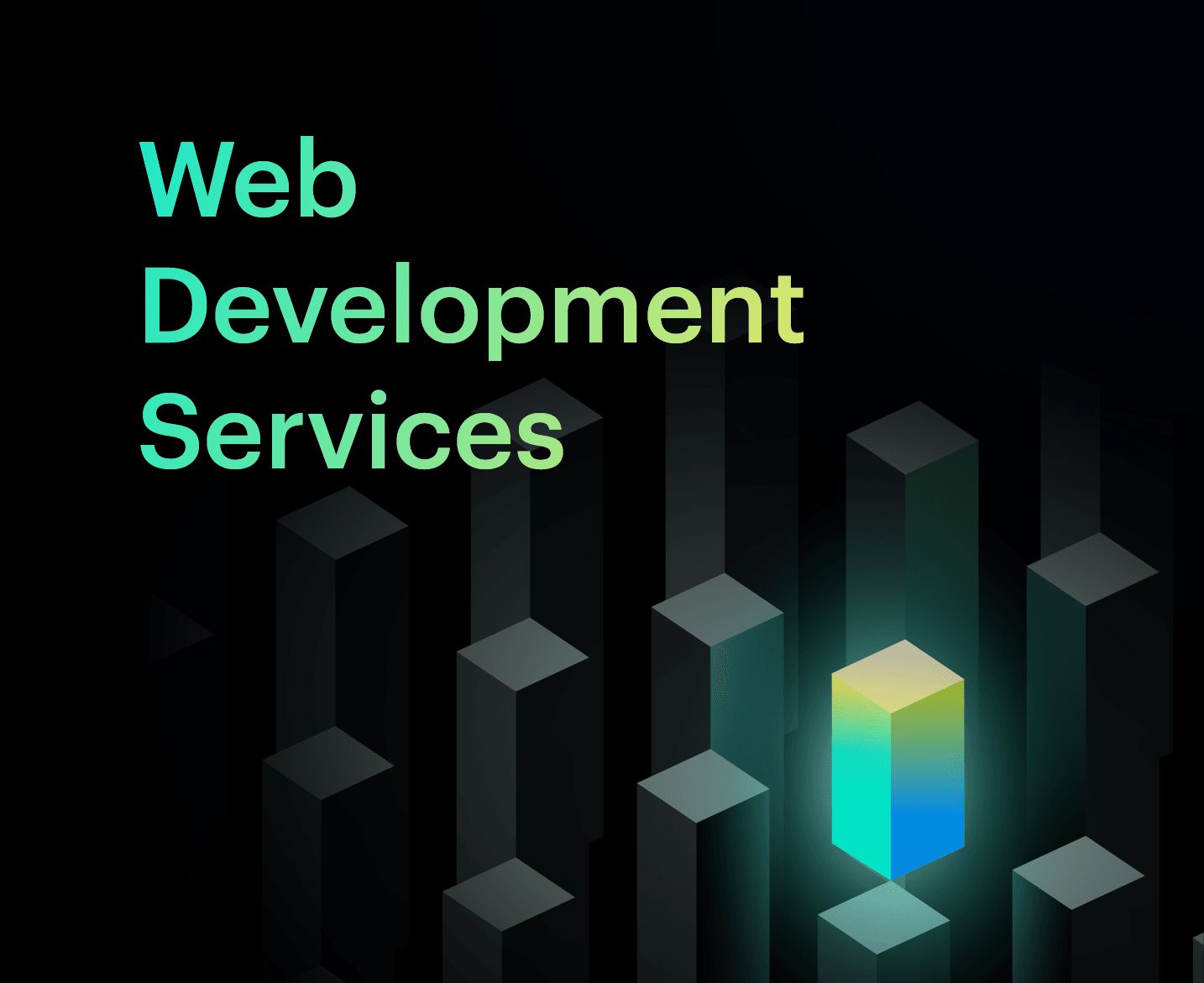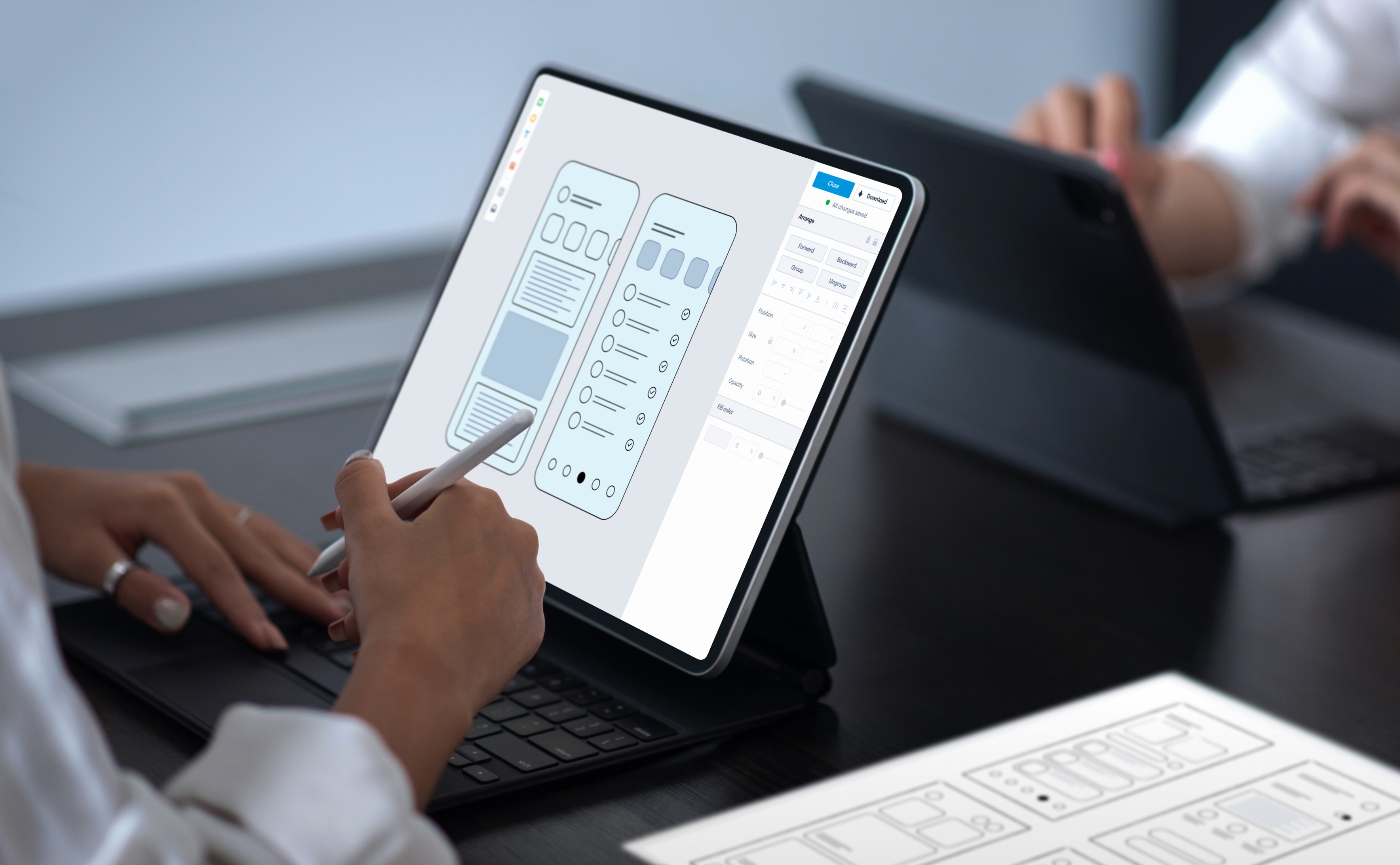Top 10 Technology Trends for 2025 Everyone Must Be Ready For

Technological advances have always been swift and radical. For example, McKinsey & Company says that in three months, the e-commerce sector is likely to have experienced growth worth 10 years. They also predict that in the next decade we’re likely to see more progress in technology than what happened in the last century. Adapting to this scale of disruptive change is neither easy nor comforting, and both IT professionals and businesses have to consider what they need to do to keep up. Professional roles will undergo a sea change in an increasingly contactless world, and businesses have to be future ready.
Understanding these rapid changes can be daunting. We will try to make it easier for you with this list of the top trending technologies for this year.
Generative-AI
Generative AI is the latest technology that enables machines to generate near-human-like content, revolutionising several industries. Text, images, music - generative AI can do it all. It has been built on the foundation of current technologies like applied AI and industrial ML.
Generative AI is a relatively new entrant, and can be rightly called the next frontier of AI; it made its entry with a bang and has shown immense potential for business transformation. It has taken assistive technology one step further, ensuring rapid app development, and empowering non-technical users. Little wonder, then, that the news and internet searches in relation to generative AI increased 3X from 2021 to 2022. Industry experts expect generative AI to add about $4.4 trillion to the economy from various uses like specific cases and disparate uses like helping to draft emails and boosting productivity.
Investing in AI helps businesses deliver personalised consumer experiences by offering bespoke products and services based on past preferences and behaviours. The predictive capabilities of generative AI have revolutionised decision-making in product development by leveraging data analytics to forecast trends and risks, recognising patterns to formulate optimal business strategies, and so on. This is one of the emerging technology trends that has caused maximum disruption in the industry.
Datafication
Datafication is one of the top new technologies of 2024. It can transform everything into software or devices driven by data. In other words, datafication refers to how human tasks are modified into data-powered technology. Complicated enterprise operations can be transformed into trackable and measurable chunks to provide precise insights based on data. Its strength lies in being able to unleash the hidden potential in massive sets of data.
Businesses stand to gain significantly from machine learning algorithms, advanced analytics, and AI; they get vital insights into internal inefficiencies, market trends, and customer behaviour. Businesses are better able to understand consumer preferences, enabling them to customise products and services accurately.
From industrial machines and office applications to our smartphones and AI-driven appliances, data is here to stay.
WAC is a digital transformation company that can help you leverage the massive amounts of data you collect to gain a competitive edge and serve customers better.
Increased Adoption of Robotic Process Automation
Businesses are increasingly looking at automating processes as it helps increase efficiency and productivity. Robotic Process Automation (RPA) is one of the latest trends in technology that is generating a huge buzz and excitement in business circles.
In the past decade, there has been an incredible demand for this technology. RPA basically trains software to execute repetitive and mundane tasks which consume significant time when performed by humans. According to forecasts, by 2030, the RPA market will be worth $25 billion. Already in 2022, the spending on RPA software had touched $3 billion, up 21% from the previous year. With the labour markets becoming tighter, and the increasing need for maximising productivity and efficiency, businesses are finding it more beneficial than ever to adopt RPA.
Studies by SAP Concur Research show that on an average, companies in the US with 500+ employees, lose over a million and a half dollars annually because of repetitive tasks. Today, nearly a fifth of businesses use RPA in some form or the other. RPA is especially helpful in saving time and money in mundane tasks low in value, like copy-pasting from a document to a database, and so on.
Human talent can be used more productively in more high-value tasks, thereby increasing overall efficiency. Some use cases of RPA include booking appointments, extracting website data, onboarding employees, monitoring compliance, and so on. It can’t be denied that RPA will make many workers redundant, but it is also creating several new jobs.
Extended Reality
Extended reality is a relatively new technology in computer science, and it includes virtual reality, augmented reality, mixed reality, and every other technology used to simulate reality. It refers to the ability to create reality without a tangible presence.
With human beings striving to break boundaries, extended reality is one of the most exciting technologies that is on the anvil. This technology is highly popular with gamers, modelling, and retail, but it also has numerous other use cases, which can offer significant benefits to human beings.
Extended reality has the potential for numerous things like virtual concerts, the metaverse, and more. It can drive innovation in the medical field, especially in surgery. VR training can help surgeons to comprehend and master intricate and path-breaking innovations in surgery which they haven’t learnt previously. Similarly, it is being increasingly used in automotive and manufacturing industries, where personnel have to execute complex and intricate procedures. In the US, it is being used to train automotive students and soldiers. Extended reality can be used to set up training programs for the military that can be too expensive or dangerous to do in the real world. In fact, the US military had asked public industries for new technologies for training purposes.
Edge Computing
Cloud computing has now become commonplace, and its adoption is still increasing, with more businesses realising the benefits offered by the cloud. However, it’s not the emerging technology - edge computing is one of the latest technologies in software industry today. Organisations are processing more data than ever, and cloud computing can have limitations at times.
Edge computing is designed to overcome those limitations - at least some of them - and to minimise the latency of cloud computing. It is basically about getting data to a data centre for processing, meaning it can exist on the edge. The closer data is to where the computing has to happen, the faster it can be processed. This is especially beneficial where time-sensitive data has to be processed in locations that are remote and have poor connectivity. Edge computing functions like miniature data centres in such situations.
With digital becoming the norm thanks to superfast transferability of data with 5G and other technological advancements, mountains of data have to be processed, increasing the demand for edge computing. As per estimates, almost 50% of new enterprise IT infrastructure will make use of edge computing. Edge computing not only speeds up response times, it also saves bandwidth by being close to the data source, and is less expensive than cloud computing.
Quantum Computing
Quantum computing will be one of the most-in demand future technologies. It leverages quantum phenomena like quantum entanglement and superposition. We’re aware that computers operate on binary code - 1s and 0s; data exists as either one. Quantum computers use qubits where data pieces can exist in both states simultaneously. Complex calculations which might otherwise have taken years can be performed by quantum computers in minutes.
Tech experts say its full functionality will be available by 2027. IBM is the leader in the quantum computer field; they had launched Osprey, a 433 qubit computer in 2022. They announced that by 2025, they would unveil a 4000 qubit computer.
- Life sciences and banking and finance are the sectors where quantum computing will be the most useful.
- In the life sciences, quantum computing could help in simulating chemical processes, using genomics to develop personalised medical treatment, and optimising pharmaceutical designs.
Quantum computing can possibly assist in enhanced fraud detection, mitigating market risk, and ensuring quick onboarding of customers in the financial sector. Essentially, quantum computing can be extremely valuable in resolving several issues and to also increase security for communication networks. In 2022, the equity investment in this technology had surpassed $2 billion; according to studies, the revenues from this market are expected to cross $2.5 billion by 2029.
Increased Investment in Cleantech
This is one of the latest technology trends. People across the world are becoming increasingly environmentally conscious and the demand for eco-friendly, green solutions for everything has spiralled. A whopping $1.1 trillion was the amount invested into reducing carbon footprints in 2022 globally, equalling investments in fossil fuel. According to PwC, over 25% of venture capital funding goes to cleantech companies now.
One can be almost certain that even more funding will go this way, with people demanding sustainability more than ever. Moreover, governments across the world are providing incentives in the form of loans, tax cuts, etc. to companies that spend more on cleantech and its R&D.
The head of Bill Gates’ Breakthrough Energy Ventures, Carmichael Roberts, believes that the Inflation Reduction Act introduced by the US Government would lead to the formation of hundreds of new companies. Most are likely to be in the green hydrogen industry, and several large hydrogen projects are already underway in Europe and the US.
Increase in Enterprise And Public Use Of IoT
The global shortage of chips is not stopping the IoT bandwagon from pushing ahead; in fact, IoT Analytics says that 27 billion IoT connections will be there by 2025. In fact, some experts opine that thanks to the rise of the 5G networks and some improvement in chip manufacturing, the IoT market could cross $480 billion by 2027; this shows the level of technology development in this field.
Cutting across industries, business leaders are increasingly integrating IoT technology to enhance data collection and connectivity. Additionally, over 60% asserted that they are getting ROI on their IoT projects in three years or less. In a 2022 IEEE survey, IoT was ranked in the top five most impactful technologies for the coming year.
Manufacturing industries are especially investing significantly in IoT to build smart factories. How do they do this? Machinery sensors collect data and store it wirelessly. An ML platform processes and analyses the data to determine the necessity of human intervention. Thus, IoT can help boost efficiency, decrease waste, and forecast maintenance requirements. IoT devices are also being used to power smart cities. Sensors gather data from traffic signals, electric metres, and so on to increase the efficiency and security of cities.
Smarter Wearable Devices
Wearable devices have been around for some time, but they are going to become sleeker, smarter, and more in demand. It is expected that the market value of wearables is likely to cross $260 billion in 2026, up from $116 billion in 2022. Wearables are becoming more sophisticated with regard to the data they gather, and the algorithms that the data feeds. Most wearables we see today focus on:
- Tracking sleep
- Calories burnt
- Steps walked
- Heart rate
But today, we are seeing many wearables with revolutionary functions. There are smart rings with inbuilt NFC technology which can be used to unlock smart-key doors, make payments, and share data - all by just swiping their fingers. This doesn’t require an app or interface. The Tesla Ring can be used to unlock vehicles by tapping the wearer’s knuckles.
We also have e-textiles: wearables embedded in clothing. Yoga pants with sensors can tell you if you’ve been doing your asanas correctly. Sensor-embedded socks could help prevent injuries when worn by long-distance runners, thanks to sensors running through them. These sensors count steps and measure distances, track foot landing and the impact generated with every step. Its mobile app offers runners suggestions to correct their method in real-time and help prevent injuries. There are smart clothes for babies that monitor O2 levels and heart rates of babies and whenever they awake from sleep.
Rising Popularity of No Code/Low Code
Though the demand for new products and services is on the rise, there is a serious shortage of highly qualified developers. IDC believes that by 2025, there will be almost 4 million vacancies. One survey showed that companies expected to struggle with hiring the right talent in development beyond 2023. It has hence become imperative to build solutions that empower developers to work more efficiently, especially if companies want a competitive edge. This is where low-code and no-code (LCNC) software programs come in.
This latest technology in computer science is of particular advantage to inexperienced developers and newbies. Developers can eliminate writing thousands of lines of code or at least speed it up exponentially by combining visual models with AI powered tools. This helps in streamlining the coding process and software development. LCNC solutions are user-friendly, allowing non-tech savvy individuals to build software apps; these are known as citizen developers.
According to Gartner, large enterprises are likely to have 4x the number of citizen developers as compared to professional ones. The survey we mentioned earlier had also revealed that over 3/4ths of organisations are already employing LCNC.
The current IT trends show LCNC on the rise. The low-code market was worth nearly $27 billion in 2023. Low code application platforms form the core of LCNC solutions. These are component-based and have predefined templates. Looking at the increasing shortage of professional developers and increasing adaptation of LCNC, we can safely say that LCNC platforms and their use by enterprise will continue to surge. Gartner had predicted that LCAPs would make up over $12 billion of the LCNC market by 2024.
Wrapping Up
These are the top 10 technology trends I wanted to share in this blog, but they are not the only ones. From shortages in products and human resources to the emergence of disruptive technologies, companies have faced innumerable challenges, everywhere in the world. And yet, despite these challenges, the tech sector continues to go full steam ahead, adapting to new demands on the fly.
The hyper focus on resolving the most urgent problems of today and what seems like an endless flow of money available to successful companies, I don’t see a slowdown for the tech industry any time soon; in fact, the future of technology looks very bright. The technology trends we’ve discussed above will play a huge role in shaping our future.
Frequently Asked Questions (FAQs)

Professional Web Development Services
Creating solid digital presence and enhancing brand value through web-based products
- WAC Beyond 2025: Kerala’s First Flagship Tech and Marketing Summit Marks 13 Years of Innovation
- Bagging vs Boosting in Machine Learning
- Spark Architecture - Everything You Need to Know
- AI Statistics 2025: Essential Insights for Business Leaders & Innovators
- Types of Keys in DBMS: Everything You Need to Know
Discover Digital Transformation
Please feel free to share your thoughts and we can discuss it over a cup of tea.










